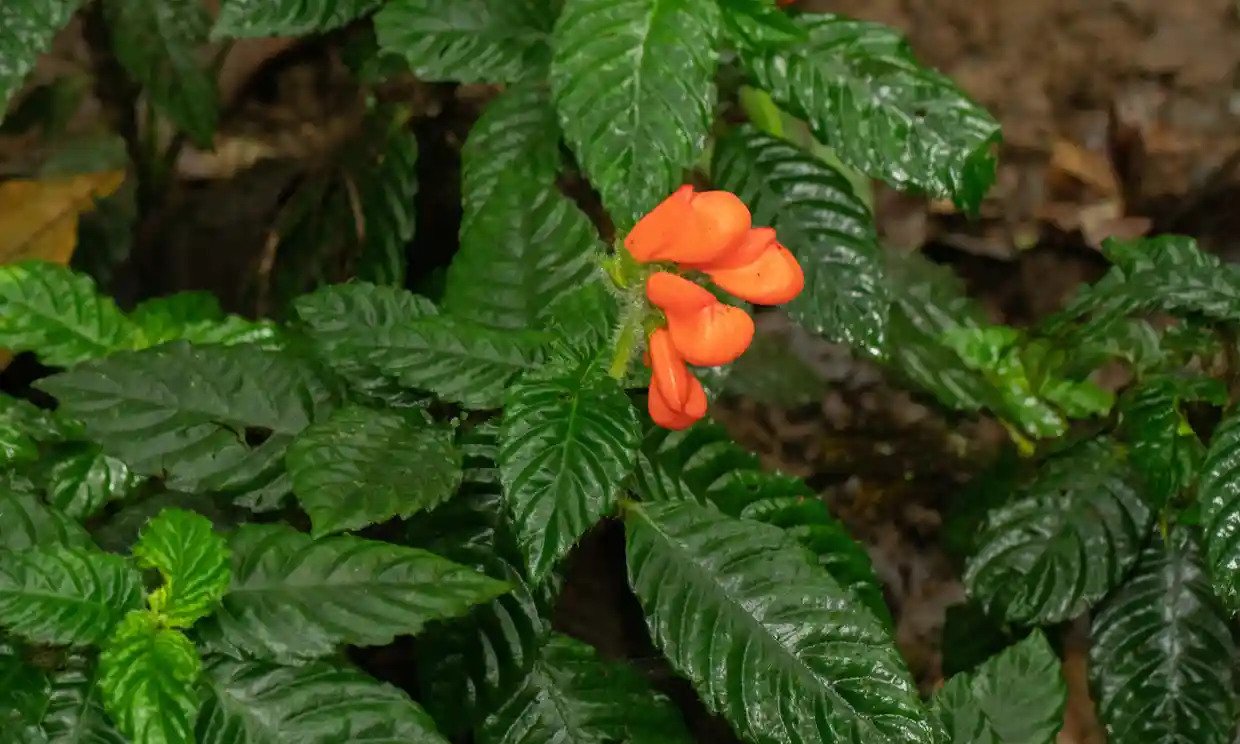They’ve rediscovered a South American wildflower that scientists long thought was extinct. Gasteranthus extinctus was found by biologists at the foot of the Andes and in remaining forest patches in the Centinela region of Ecuador, almost forty years after its last discovery.
Extensive deforestation in the late twentieth century led to the alleged extinction of many plant species in western Ecuador, including Gasrantos is extinct. At least according to the state of science at the time, which is why experts called it that.
But despite reports that more than 97 percent of forests in western Ecuador have been destroyed or turned into agricultural land. Since then, including much of the Centinela mountain range, researchers resumed searching the area last summer: they first identified intact primary rainforests by scanning satellite images.
Centinela is a legendary place for tropical botanists Nigel CA Pitman, a researcher at the discovery, said: Watchman Electronic portal. – but since the results of their observations have already been described by leading researchers in this field, no one has verified them yet; So no one has returned to confirm the disappearance of the forest and the extinction of these species either.
The scholars now went to Centinela and thought, they admitted, “They break their hearts, but instead they fall in love in the end“
The tropical wildflower, Gasteranthus extinctus, features neon orange petals and a large bag-like formation where pollinators can enter and exit.
Already in the first few hours of research, the researchers identified the plant and used photographs, line drawings, and written descriptions of dried herb samples as reference.
Carefully, in order not to damage the remaining rare plants, photos were taken and some fallen flowers were collected before a taxonomist confirmed the variety. In the end, it was decided that despite her weakness Gasrantos is extinct “You can keep your name.” The research team is now working with Ecuadorean conservationists to protect some of the remaining parts where Centinelan flowers live.
The rediscovery of Venus shows that it is not too late to reverse the worst-case scenarios for biodiversity Dawson White, a postdoctoral researcher at the Field Museum, explained. Chicago and Vito Kies Co-author of an article published in the journal. It also highlights that preserving even the smallest and most degraded areas can be valuable.
He added that science is still looking for new species, but we can still save a lot from what is currently on the verge of extinction.











































